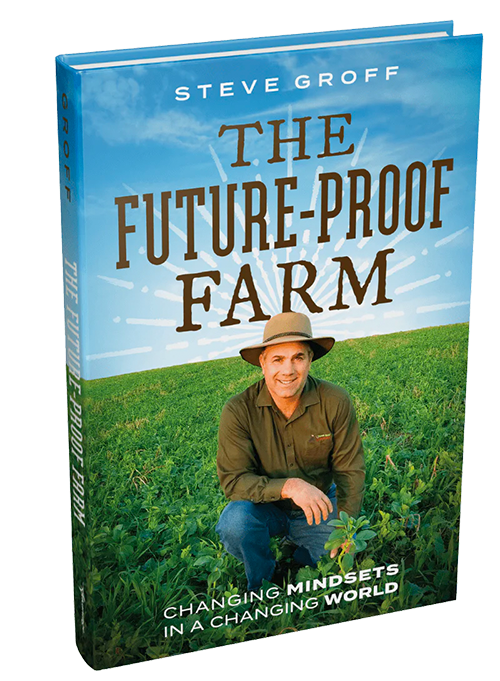Crop Rollers in Regenerative Farming
I&J Crop Rollers are very instrumental in helping producers with a comprehensive Regenerative Farming plan. Cover crops, such as rye or triticale, are planted in the fall after production crops like corn and soybeans have been harvested. The cover crop helps reduce erosion and enhances organic matter and soil health. In the spring, the cover crop is rolled down, providing a layer of thatch that retains moisture, while at the same time suppressing unwanted weeds. Another advantage is that when cover crops are rolled (or crimped) it reduces the need for chemical herbicides.

Sickle Bars in Regenerative Farming
Many Regenerative Farmers that are concerned about soil and plant health have resumed the use of sickle bars for mowing alfalfa and grass. I&J mowers utilize a German engineered ESM sickle bar that cuts like a scissors, not a knife. The clean cut promotes faster regrowth and requires less energy to run the machine. In addition, the ESM sickle bar does not clog up.
5 Principles of Regenerative Agriculture

Keep soil covered with plants

Minimize soil disturbance

Maintain living roots year round

Maximize Crop Diversity

Planned Grazing

Discover why our food and farms are at a cross-road based on farming methods and trends.
The Future-Proof Farm by Steve Groff
As a research-based farmer, international consultant, speaker and author, Steve Groff from Holtwood near Lancaster, PA has been eyeing the trends in the industry and has transformed his own farming practices to meet the new demand.
His personal story is a stark wake-up call, fanning the flames of effective regenerative agriculture for farmers and consumers alike, to produce healthy, nutrient-dense food that satisfies planet-friendly practices and provides the foundations for a future-proof farm.

